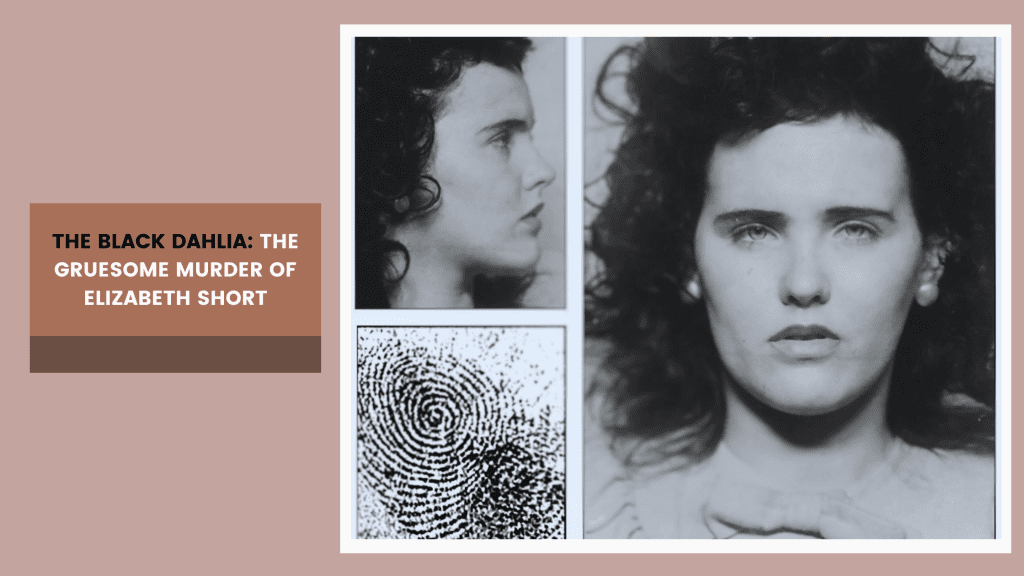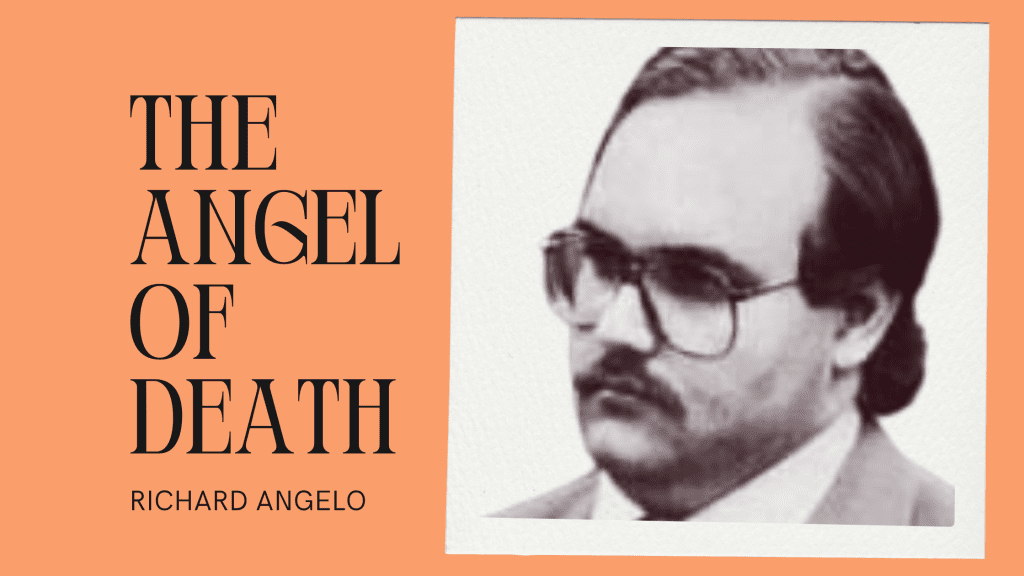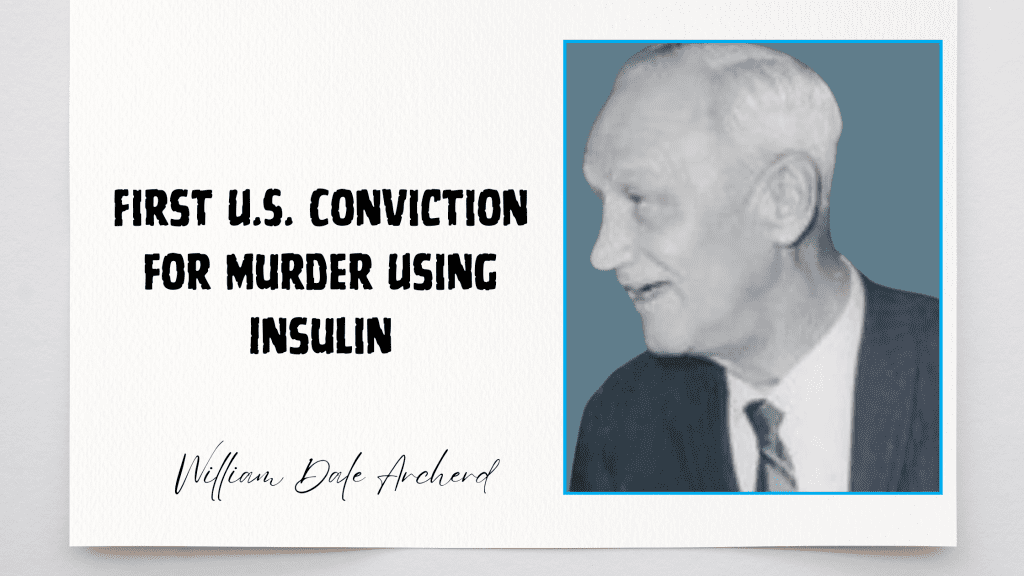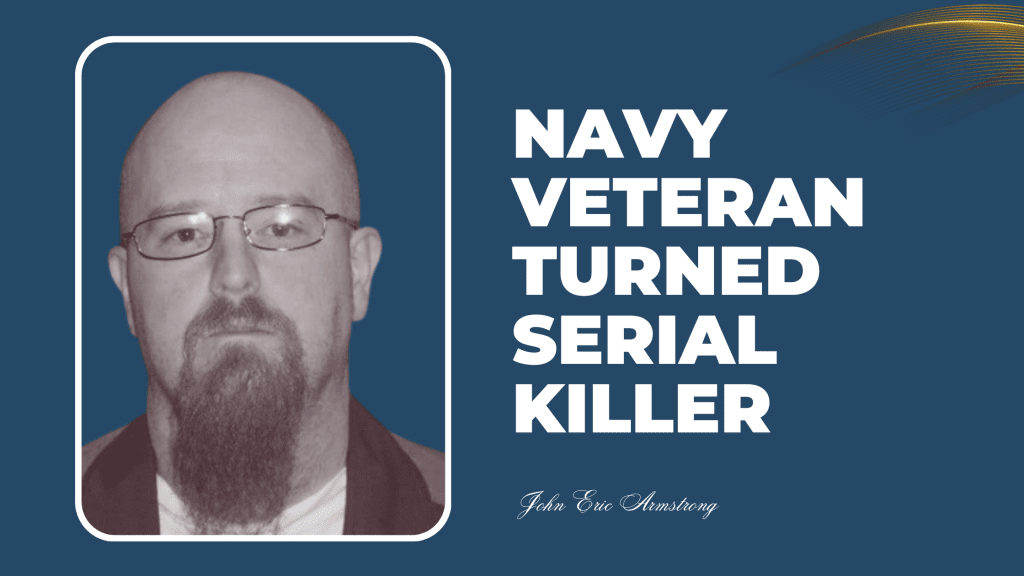In the quiet town of Hyde, Manchester, Dr. Harold Shipman was more than a trusted family physician—he was a local hero. Elderly patients adored him for his gentle bedside manner, and families praised his dedication. But beneath this veneer of compassion lurked a monstrous secret: Shipman was a calculating serial killer who murdered at least 215 of his patients, many of them elderly women, over a 27-year reign of terror. His crimes, hidden in plain sight, expose a haunting blend of human evil and systemic failure.
A Doctor’s Mask of Deception
Harold Shipman’s descent into infamy began innocuously. By the late 1990s, coroners in Hyde grew uneasy. Too many of Shipman’s patients were dying suddenly, often found fully clothed in their homes, as if frozen mid-routine. The deaths were eerily similar: no signs of struggle, no prior grave illnesses. Yet Shipman’s reputation as a “saintly” doctor shielded him. Families trusted him implicitly, even as whispers of suspicion swirled among his peers.
The cracks in his facade finally appeared in June 1998, when Kathleen Grundy, a vibrant 81-year-old former mayor, failed to show up for her volunteer shift. Colleagues found her lifeless in her armchair, dressed for work. Shipman declared her death “old age,” but Grundy’s daughter, Angela, sensed something sinister. A forged will—typed on Shipman’s machine—left Grundy’s £500,000 estate to the doctor. When exhumed, her body revealed a lethal dose of diamorphine, a medical-grade heroin.
A Web of Lies Unravels
The discovery of Grundy’s murder ignited a firestorm. Police uncovered Shipman’s meticulous methods:
- He preyed on vulnerable, often isolated elderly women, administering fatal injections during routine home visits.
- He falsified medical records to invent plausible causes of death, like strokes or heart failure.
- He stockpiled diamorphine, ordering 60% more drugs than any local practice—a red flag unnoticed for decades.
But the most chilling revelation was his motive. Psychologists theorized Shipman’s obsession with death stemmed from unresolved trauma: his mother’s agonizing cancer death during his teens. Witnessing her morphine-induced comfort twisted into a godlike desire to control life and death. Victims often mirrored her—frail, trusting women who saw him as a savior.
A System That Failed the Vulnerable
Shipman’s crimes thrived on institutional blindness. Colleagues at the Brook Surgery had flagged his suspiciously high death rates years earlier, but police dismissed their concerns. Coroners handed over incomplete records, and health authorities found no prior complaints—Shipman was too beloved to question. Even when faced with undeniable evidence, his calm arrogance disarmed investigators.
The 2002 Shipman Inquiry, spanning 300,000 pages, exposed catastrophic flaws:
- GPs faced no oversight for prescribing lethal drugs.
- Death certificates required only one doctor’s approval, enabling Shipman to sign off on his victims.
- Families, grieving and trusting, rarely questioned sudden “natural” deaths.
Justice Denied
In 2000, Shipman was convicted of 15 murders and sentenced to life in prison. Yet the true scale of his crimes dwarfed the trial. The inquiry linked him to 215 deaths; another 35 remain suspected. But in 2004, Shipman cheated justice, hanging himself in his cell the night before his 58th birthday. His suicide left families shattered—robbed of answers, closure, and the satisfaction of seeing him face his sins.
Read more: Pedro López: Monster of the Andes
The Shadow He Left Behind
Shipman’s legacy is a paradox: a healer turned predator, and a system reformed too late. His case revolutionized British healthcare:
- Stricter Drug Controls: GPs now undergo annual audits to prevent unchecked drug stockpiling.
- Death Certification Laws: Two doctors must independently verify non-suspicious deaths.
- Patient Advocacy: Families are encouraged to question sudden or unexplained deaths.
Why Shipman’s Story Haunts Us
Harold Shipman wasn’t a shadowy monster—he was the friendly face at the doorstep, the doctor who remembered birthdays. His crimes remind us that evil often wears a disguise of normalcy. For readers, his story is a call to vigilance: trust, but verify. Ask questions. Demand transparency. And never let reputation blind us to the unthinkable.
In the end, Shipman’s victims were more than statistics—they were mothers, volunteers, survivors. Their stories, silenced too soon, demand that we learn from the past to protect the future.





Pingback: List of serial killers in the United Kingdom - Serial Killers Perspectives